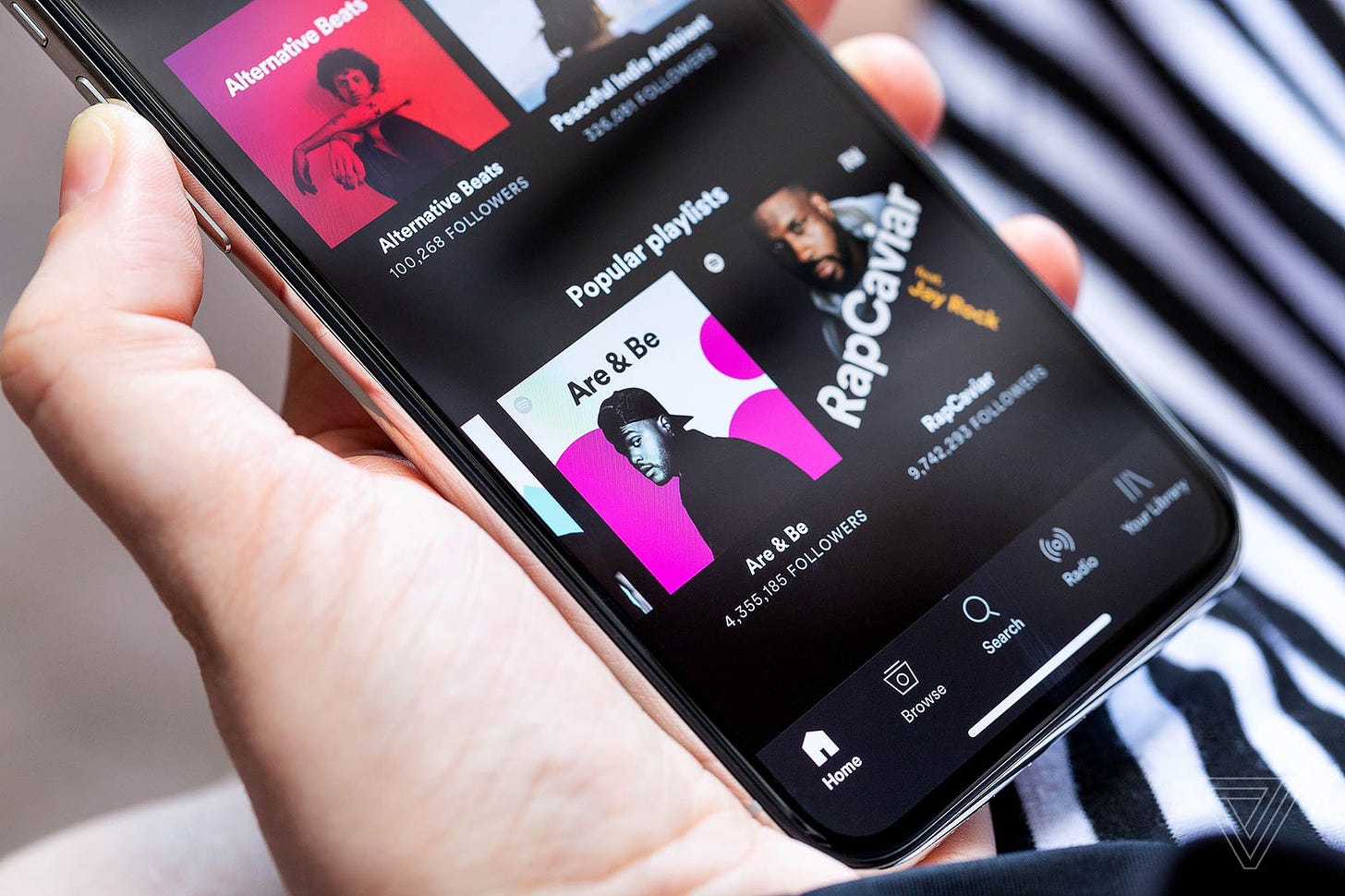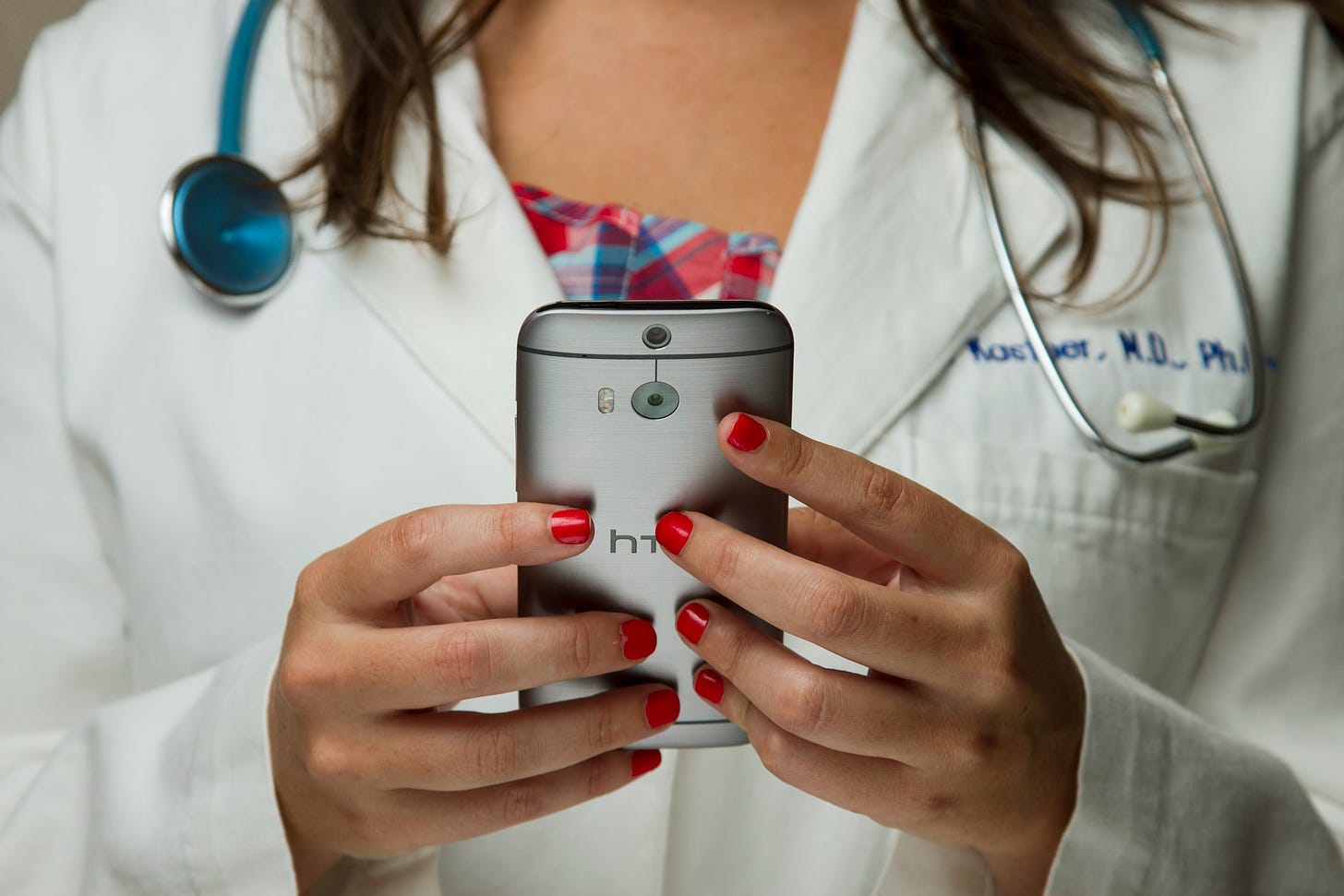Hello, and welcome to The Edge, the newsletter that brings you groundbreaking stories from the frontiers of technology and science.
We’ve got some great stories for you today, including a new Spotify feature, Starship looking shiny and how scientists have hacked chloroplasts. As always, we’ve added extra stories under each article should you find yourself in a curious state of mind.
Spotify ups interactivity

Image credit: Amelia Holowaty Krales/The Verge
Spotify’s newest feature lets multiple people control a listening session
Group Sessions, which is the name Spotify has given the new feature, lets premium users share the role of DJ with people in their vicinity. The beta version of the feature rolls out today.
With Group Sessions, the host of a listening session can share a scannable code with anyone who wants to join the session. Anyone in the session can now pause, play, skip and select tracks in the queue. They can also add their own selections to the queue. The queue updates automatically on everyone’s device and ends after an hour of inactivity. Additionally, there doesn’t seem to be a limit on the number of users who can join a session.
The new feature is a useful addition to the features Spotify already offers premium users.
Music streaming services, ranked
Plants can be hacked

Image credit: Marc Pascual/Pixabay
Hacking Plant Life: Artificial Photosynthesis Takes a Leap Forward
On Earth, most life-forms rely on oxygen, which is created by plants. Plants are quite amazing in the sense that they need nothing more than sunlight, water and air to sustain themselves by means of photosynthesis, the process that produces the oxygen. Specifically, a key ingredient in the air plants consume is CO2, with atmospheric levels of the compound far too high in 2020.
Harnessing and deploying this process synthetically could have enormous benefits for science, including synthesising drugs to designing systems that can suck climate-damaging CO2 from the air. Additionally, applying photosynthesis to artificial life could create self-sustaining artificial life-forms.
German and French researchers have now come up with a way to create synthetic versions of chloroplasts, which are the specialised organelles in which photosynthesis takes place. They were able to demonstrate how the synthetic chloroplasts were able to photosynthesise, possibly even more efficiently than natural photosynthesis as the artificial process didn’t involve photorespiration. Photorespiration is a wasteful byproduct of natural photosynthesis that produces CO2 and uses oxygen.
Applications of the research are practically endless and could help scientists create efficient systems with multiple uses including medicine and minimising climate change.
Air is more interesting than you might think
Deals could be dangerous

Image credit: National Cancer Institute/Unsplash
Buying an old Android phone? What you should know about privacy and security
Flagship phones are expensive, with models like the Samsung Galaxy S20 Ultra or iPhone 11 Pro taking a $1,000-sized hole out of your wallet. A lot of people may be tempted to buy cheaper devices or buy refurbished flagship phones. But this has its risks.
Older Anroid devices run older versions of Android. This could mean they operate without getting critical security updates that keep your phone and data safe. Each new Android phone that’s released is released with the latest security patches. As the number of phones in a company’s repertoire increases, it becomes expensive and highly complex for the company to release security updates for older devices running outdated versions of Android. Eventually, support stops.
So whether or not an older device is safer to use depends on when it was made. Android devices between 2-3 years old tend to be considered unsafe (things are different for iPhones as there are comparatively few iPhone models, meaning support continues for models up to 5 years older than the latest model). The ‘2-3 year rule’ isn’t set in stone, but as a rule of thumb, devices this old aren’t generally supported anymore. Phone makers don’t really let you know if your device is still supported. You can get an idea if your phone’s operating system is out of date by going to settings and checking your software update history. If your phone tells you it’s running the latest operating system but that it was installed months or years ago, it’s a likely sign that your phone isn’t supported anymore.
Security experts don’t recommend using outdated devices for these reasons. If you’re left without a choice, there a few things you could do to be a bit safer:
Ensure the latest software is installed.
Fully factory-reset the phone if you bought it used.
Only download apps from the Google Play Store.
Avoid installing apps by downloading the APK file from a website (this can often be how malicious software gets into your phone).
Limit how many private things you do on that phone (don’t do banking, don’t sync company email accounts and don’t send sexy pictures) until you’re back on a more secure device.
Support information for Nokia, Samsung and Google Pixel
Starship taking shape

Image credit: SpaceX
Elon Musk, SpaceX closer to getting next-gen Starship spacecraft off the ground
Designed to go to the moon and Mars, SpaceX’ Starship is gradually taking shape. There have been challenges but now things seem to be moving toward a short test-flight.
Last year, a small single-engined prototype called ‘Starhopper’ levitated itself off the ground. Since then, larger Starship prototypes have suffered a few issues during pressure tests. But the latest prototype, SN4, has passed those tests and has been successfully fired up while being held in place. This is a great sign as such static fire tests are usually one of the last steps before a rocket leaves the ground.



